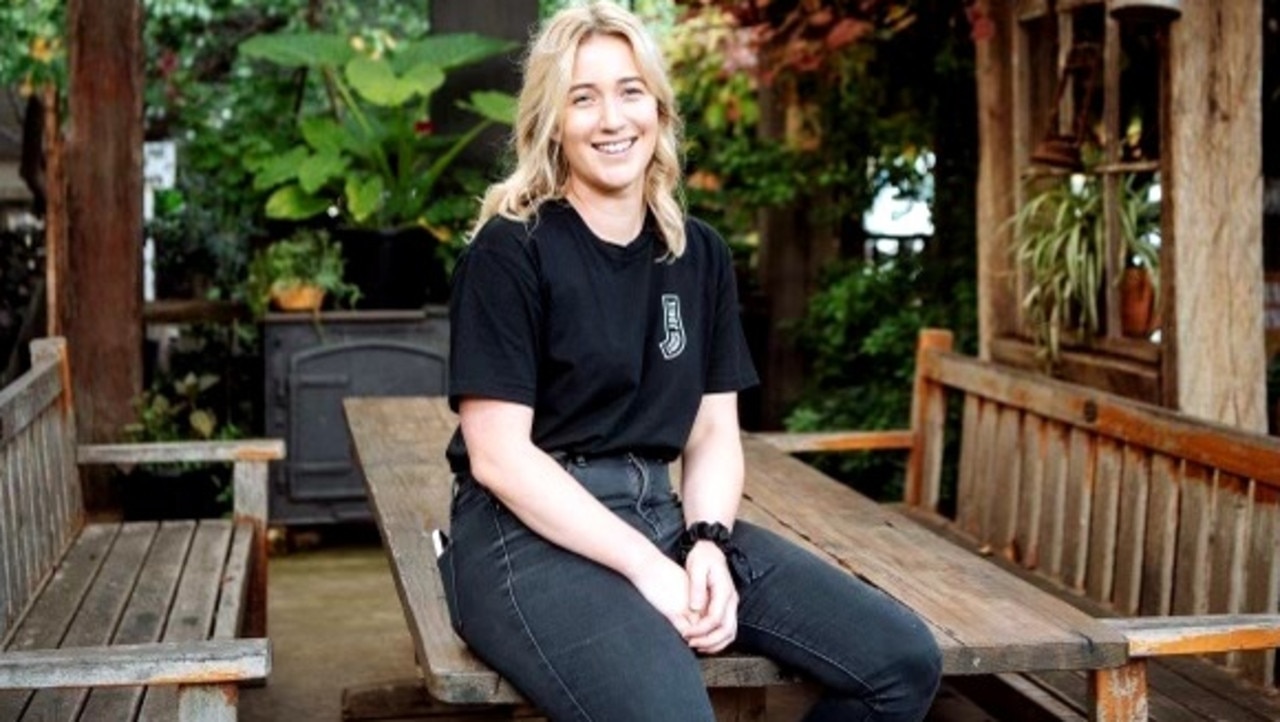Surprising reality of outback supermarkets
Most of us duck to the shops multiple times a week – but what if you could only shop once a month? Two Aussies share their rural supermarket secrets.
Most of us duck to the shops multiple times a week – but what if you could only shop once a month?
That’s the reality for tens of thousands of Aussies who live in the countries outback and rural areas.
31-year-old Sally Millar lives with her husband in a remote community in northern Western Australia that has a population of fewer than 30 people.
Using TikTok, she shares the realities of what it’s like living in Australia’s outback and how she only does a grocery shop once a month.
For her, it’s a six-hour round trip to her nearest supermarkets which are a Coles and an IGA. Millar told news.com.au how much she struggles to get basic supplies.
“Where I live is about three hours from the nearest big town,” she said.
“So in town there’s a Coles and there’s an IGA, but IGA is really expensive. Sometimes you’ll go in there when there’s nothing in Coles but yeah, it’s really expensive.
“If we wanted to go to Woolworths, we’d have to drive all the way to Broome and that’s eight hours away.”
Quality vs. cheaper price
Millar’s currently grocery woes are echoed with Junee resident Rhiannon Druce.
“There are things that are missing [in Junee], I suppose a reliable supermarket is the first issue,” Druce told news.com.au.
“With the cost of living going up, you need competition in towns. If you’re the only supermarket in town, you can basically do what you want as well.”
For Druce it wasn’t just the soaring cost of groceries that she’s noticed, but also the drop in quality of products at her local IGA.

“We noticed the quality as our biggest difference between shopping in Wagga versus shopping in Junee,” she said.
“Our fruit and vegetables … when you buy strawberries at our local supermarket and you put them in the fridge, they’re typically mouldy within a day or two.
“It’s showing you don’t know how long in transit it’s been in, how many hands its touched for that to happen quickly off the shelf. So a lot of us have to travel to Wagga to get quality fresh fruit and vegetables.”
The choice between quality food and what’s cheaper is a choice many in rural and regional parts of Australia have to make, according to University of Sydney’s Associate Professor Andrew Grant.
More Coverage
“For people in rural areas, there is far less choice in terms of where you go to shop in a practical sense because you can either pay a little bit more or drive an extras three hours just to save money,” he told news.com.au.
“The cost of shipping the goods for the supermarkets themselves is going to factor into the prices and they’re gonna charge [more] in the regional areas.
“There is [also] less competition among the supermarkets in these areas, so they’re not forced to keep prices low as they are in the cities.”





